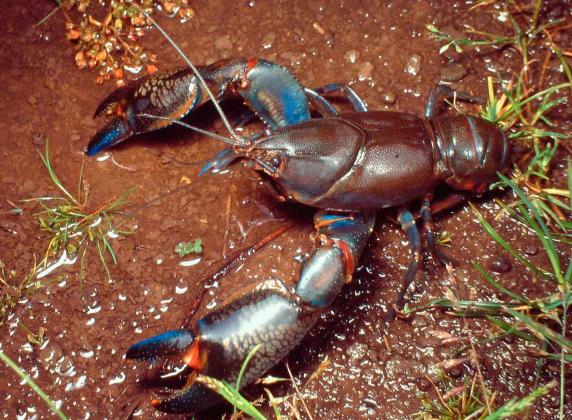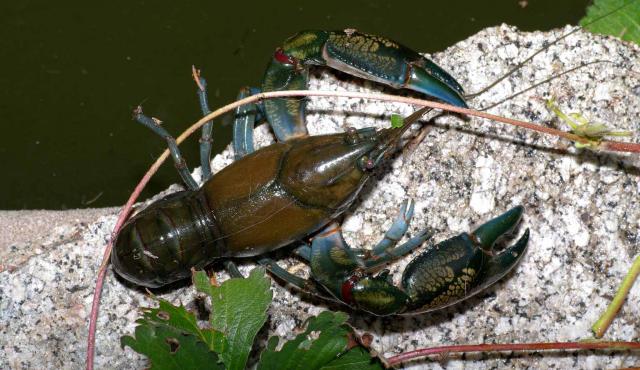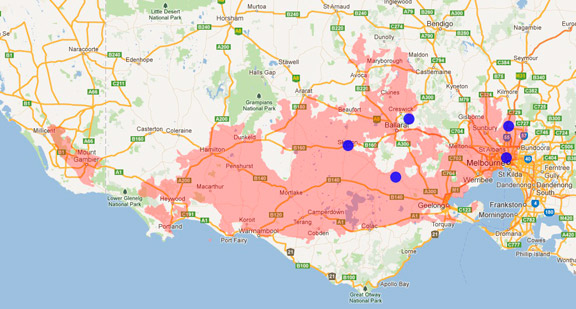A range of teacher professional learning programs will be developed to accompany the Biodiversity of the Western Volcanic Plains online outreach...


Common Yabbie
Cherax destructor
Nocturnal. Digs deep burrows in the soil, including in levee banks and dam walls. Survives over summer and long droughts in their burrows. Can survive in poor water quality. Prolific breeders when conditions are suitable. Females look after hatchlings for several weeks in a brood chamber under their tail. Life span of 5-7 years.
| Details | Description |
| Type | Invertebrate |
| Group | Crustacean |
| Identifying Characteristics | |
| Distinctive Markings | Smooth exoskeleton (outer shell). |
| Diet | Omnivore. Mainly eats vegetation, especially rotting leaves and plant detritus, worms and insects. |
| Habitat | Semi-aquatic. Freshwater creeks, rivers, lakes, farm dams, swamps, floodplains and irrigation channels. They prefer silty shallow water that is slow flowing or still. |
| Native Status | Native to Australia |
| Taxonomy | |
| Phylum | Arthropoda |
| Class | Malacostraca |
| Order | Decapoda |
| Family | Parastacidae |
| Genus | Cherax |
| Species | destructor |

Distribution maps indicate current and historic locations where species have been sighted.
Source: Atlas of Living Australia
| Conservation Status | |
| DEPI Advisory List | Not listed |
| FFG Act | Not listed |
| EPBC Act | Not listed |
The conservation status of species is listed within Victoria and Australia.
The Department of Environment and Primary Industry (DEPI) Advisory List consists of non-statutory advisory lists of rare or threatened flora and fauna within Victoria.
The Flora and Fauna Guarantee Act 1988 (FFG Act) lists threatened species in Victoria. Under the Act, an Action Statement is produced for each listed species.
The Environment Protection and Biodiversity Conservation Act 1999 (EPBC Act) is the Australian Government’s key piece of environmental legislation, listing nationally threatened native species and ecological communities.



